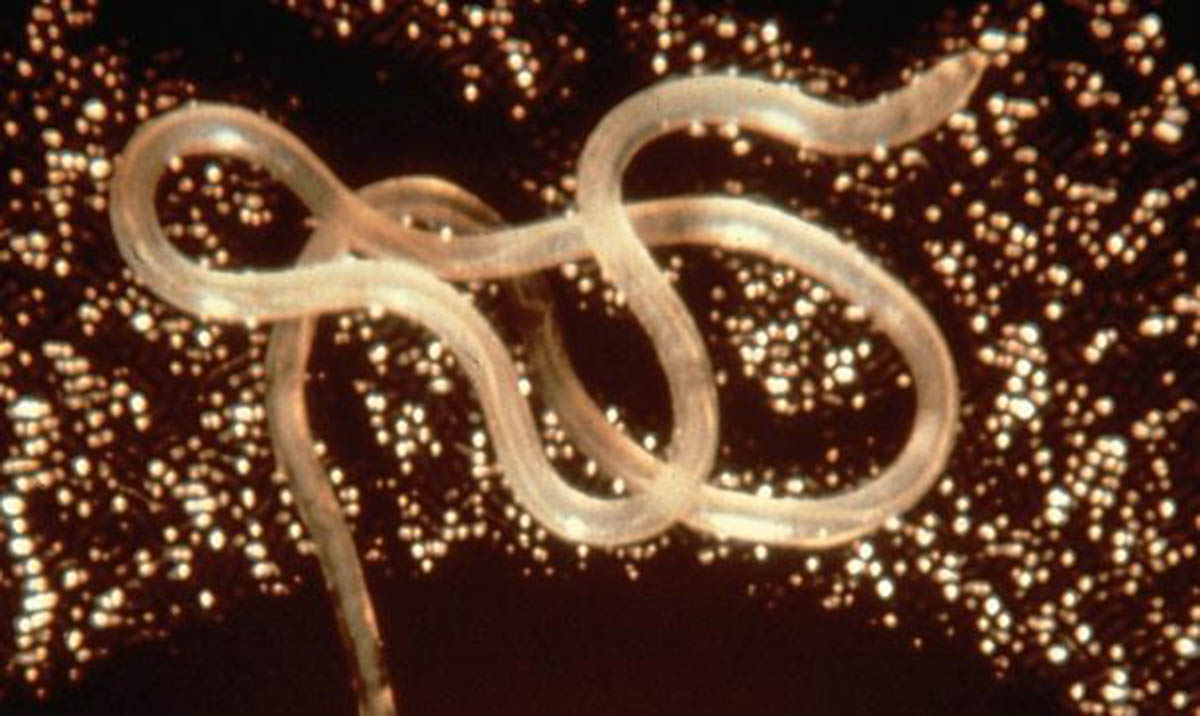
Eye Parasites are Dangerous
According to medical experts, the adult Loa loa filarial worm moves through the subcutaneous tissue. In some cases the worm crosses into subconjunctival tissue where it can be seen easily. It is not a common case for this type of worm to cause any problems to the sight but the worm does trigger a lot of pain when it moves inside the eyeball and across the bridge of the nose. The most common characteristic of the disease are red and itchy swellings located under the skin. These swellings are otherwise known as Calabar swellings. As far as treatment for this disease is considered, in almost all cases a medications called diethylcarbmazine or DEC is prescribed. Certain surgical methods are possible as well but only in cases when they can be employed in order for the adult worms to be removed from the conjunctiva.
This disease is not frequently reported in all areas in the world. It is a lot more common and even restricted to rain forest and swamp forest areas of the West Africa. People in Cameroon and the Ogooue River are especially known to be affected by this worm. Experts believe that humans are the only known natural reservoir of the parasite. According to available data, there are more than 12 million people who are infected with Loa loa filarial worm.
The first case of Loa loa infection was reported in the Caribbean in the year 1770. The data regarding this case shows that a surgeon named Mongin tried to remove the worm from the eyeball of the affected woman. He unfortunately failed in his attempt. Eight years later, another surgeon named Francois Guyot was able to successfully remove the worm from the eyeball of a man’s eye. The first clinical presentation of loiasis was observed in a Nigerian town Calabar.
Those who are suffering from loiasis may develop lymphatic dysfunction which may lead to lymph edema. More common are Calabar swellings in the arms and legs. These swellings are caused by immune reactions. If the disease is chronic, it may lead to cyst-like enlargements of the connective tissue around the sheaths of muscle tendons. If this happens, a person will experience pain whenever he or she moves these muscles. In most cases the swellings do not last for longer than three days and are accompanied by skin eruptions and itching. Subconjunctival migration of an adult worm to the eyes may happen as well and this is why the condition is also known as African eye worm.
This disease affects both males and females but it is a lot more common among older people.
How to Treat an Unhealthy Eye
The most commonly used treatment approach for loiasis is chemotherapy. Apart from chemotherapy, surgery is an option in some cases as well. Surgery is used only when the adult worm can be removed from the eye and after the systemic treatment fails to provide with desirable results. The drug which is being used is called diethylcarbamzine or DEC. Ivermectin may be administered as well although its use is many times unwarranted. The doctors will recommend a dosage of 6 mg three times per day. This should be resumed for a period of 12 days. Various studies have proved that DEC is effective in treating microfilariae and little less effective against macrofilariae.
However, a treatment plan comprising DEC is not always a good option, especially in cases where the patient is having a high microfilaria load because it can lead to encephalopathy. When such complication occurs, the doctors prefer using albendazole instead.
When surgery is considered, it is important to know that the time frame during which the surgical procedure needs to be carried out is quite short.
First aid for the eyes is essential as it can make a difference between saving and loosing the eyesight. Seeking immediate medical attention right after the infection occurs is of uttermost importance. There are some simple techniques which can be used in order to improve total eye recovery.
If there is bleeding from the eye, it is essential to cover the eye with a clean cloth and go to the hospital. If there is an object in the eye, it is crucial not to rub the eye. Only a well experienced surgeon may remove the parasite from the eye. Open sores may be a site of future bacterial infections and they need to be taken care of promptly. All in all, even though lioasis is rather terrifying condition it may be brought under control and the majority of complications successfully prevented and treated.


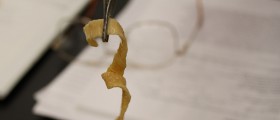



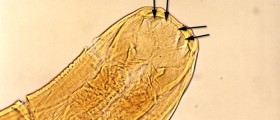



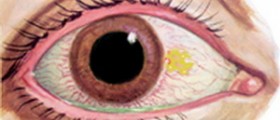


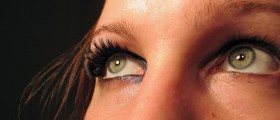



Your thoughts on this
Loading...